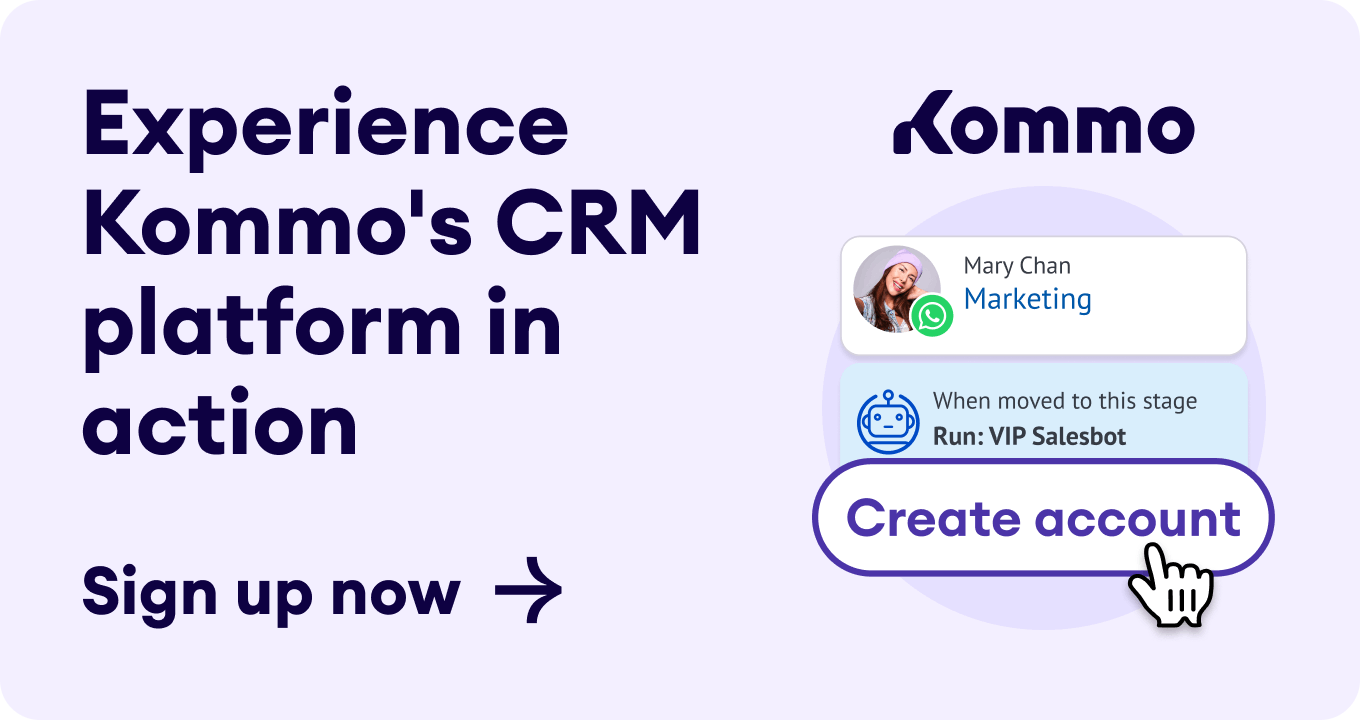1. Faster responses create more leads
The quicker you get back to a new user scrolling around your website with questions, the more likely he will be your customer and not the competitor’s.
2. Saves the business money
If your customers call in with questions, it will cost more for you to run a call-center than to have support agents on the chat.
3. Lets you respond when no one is there
This is done with automated messages that get sent as replies when users ask common questions.
4. Helps you overcome objections
You can overcome objections with a live chat before the user decides to share it on social media. You have the ability to fix the customer’s problem rapidly preventing negative reviews about your product or service.
Now, let's dive into some of the best practices for setting up your online chat for business:






